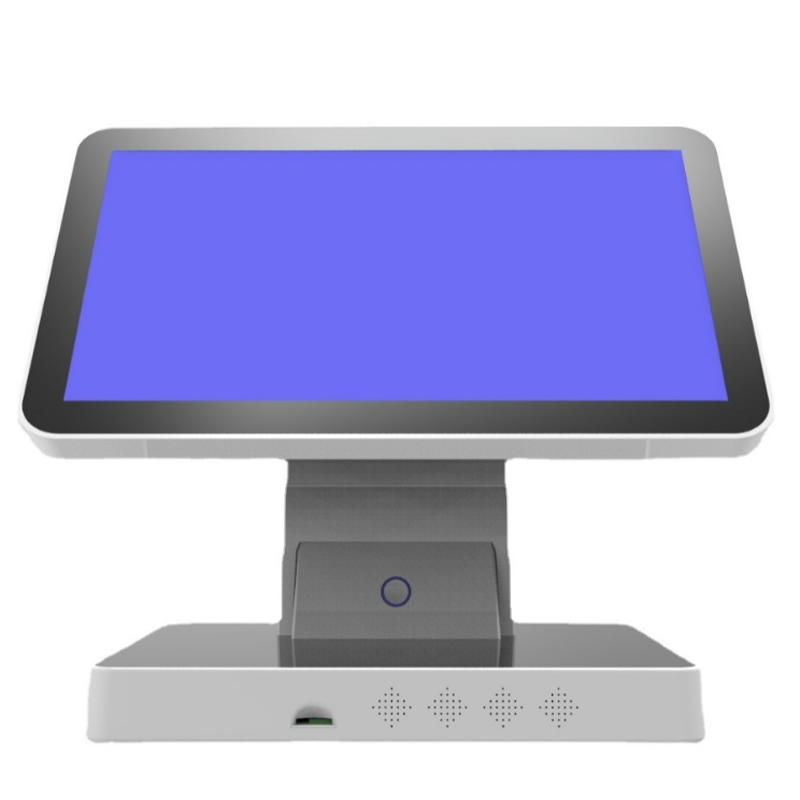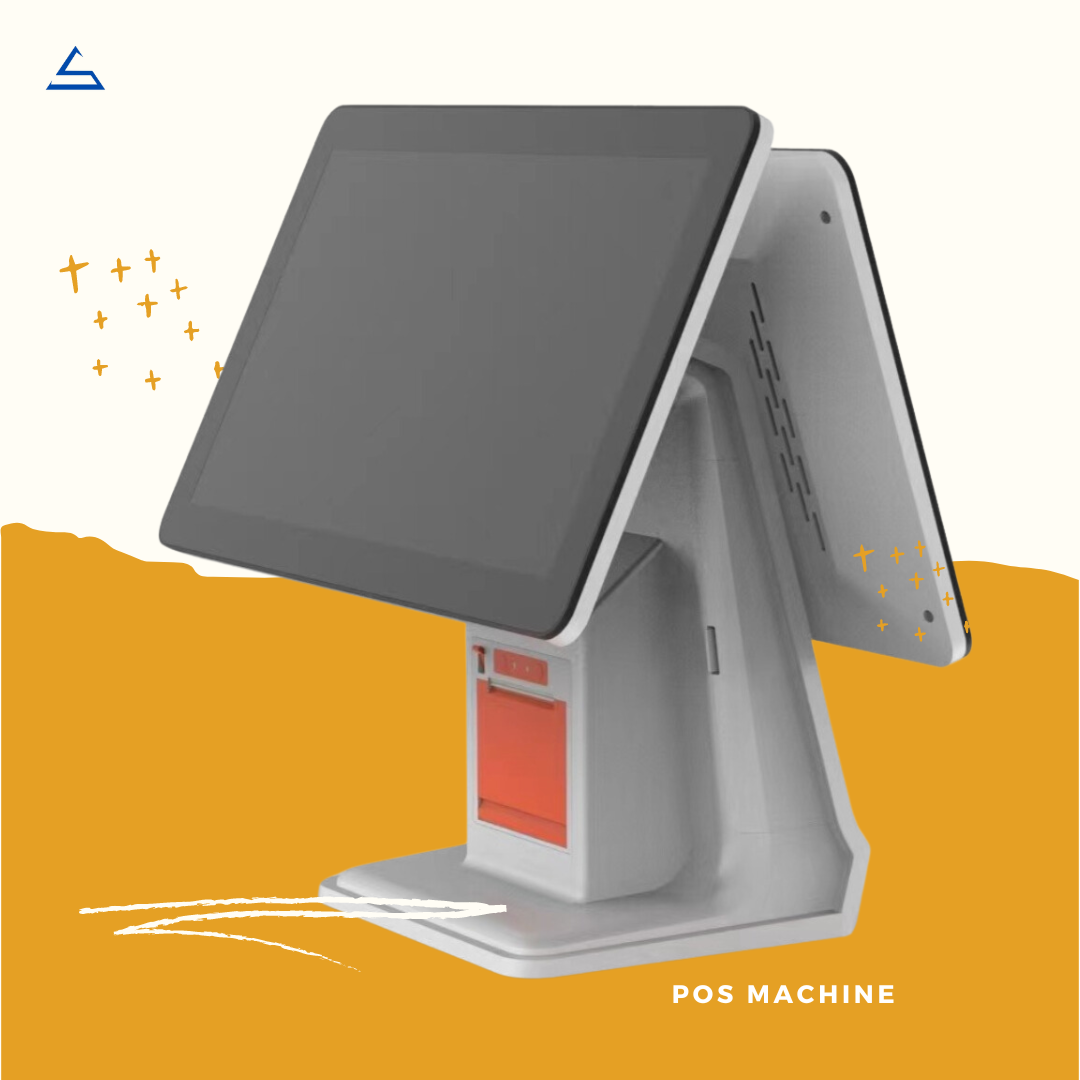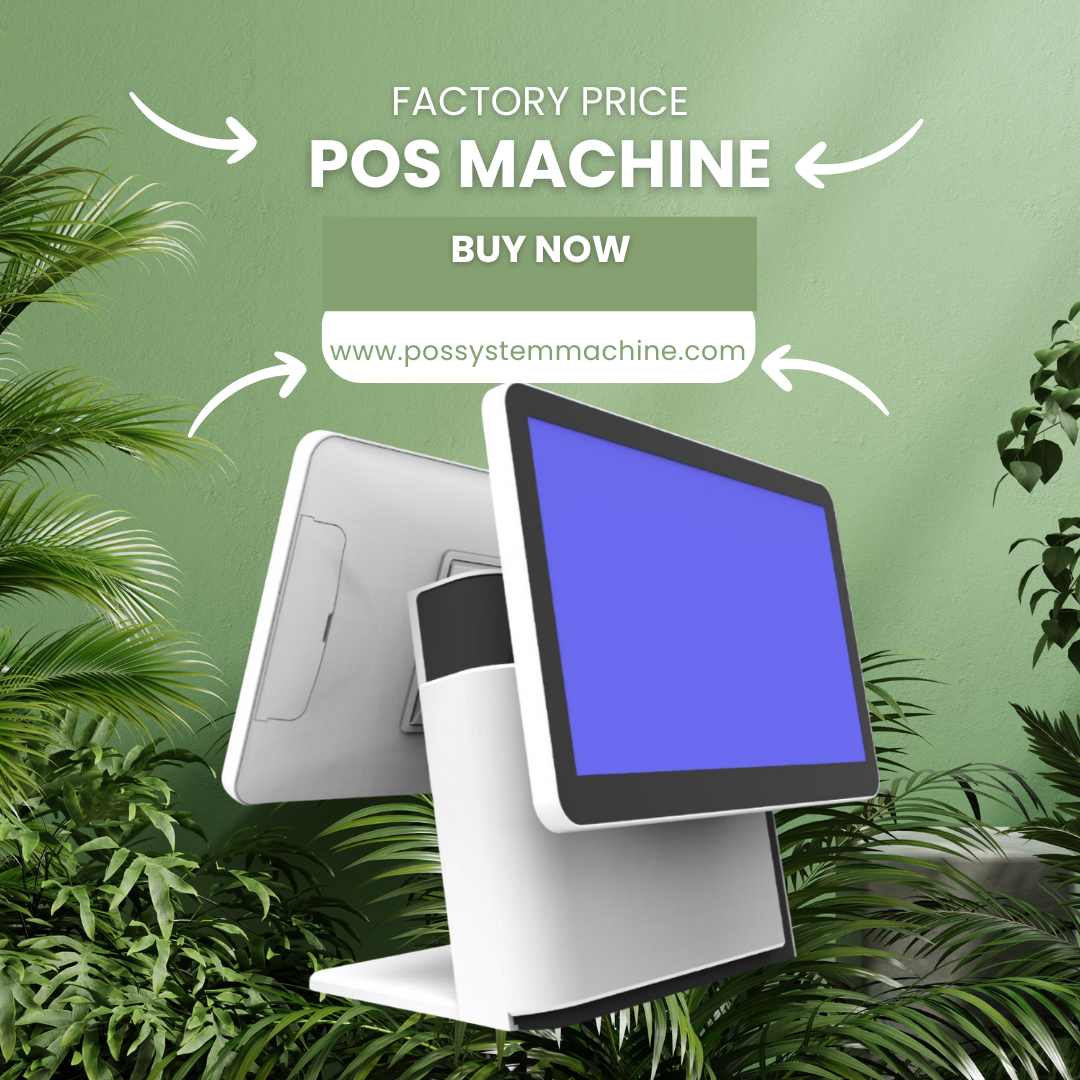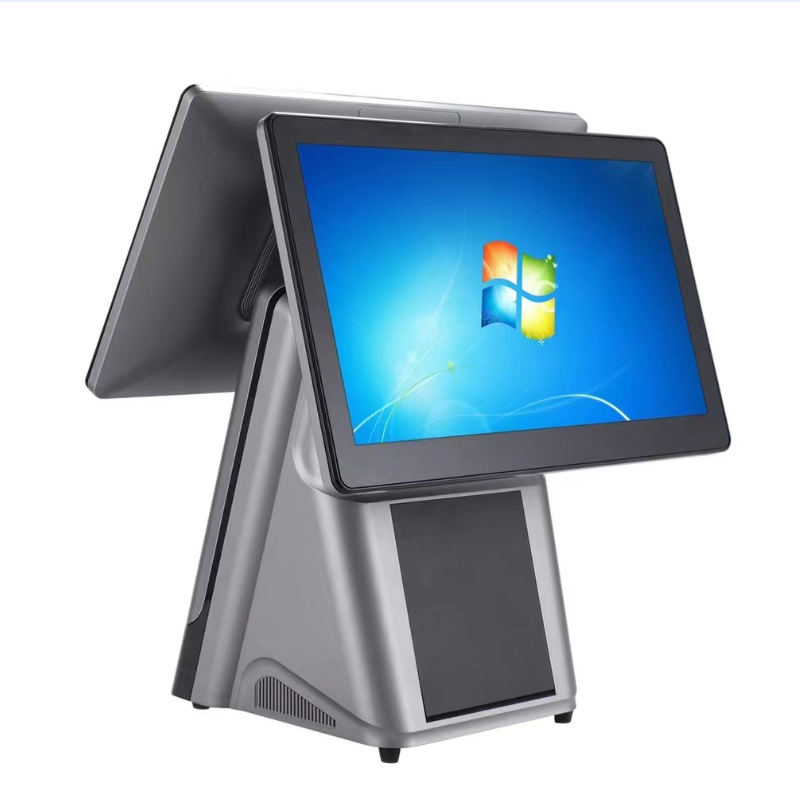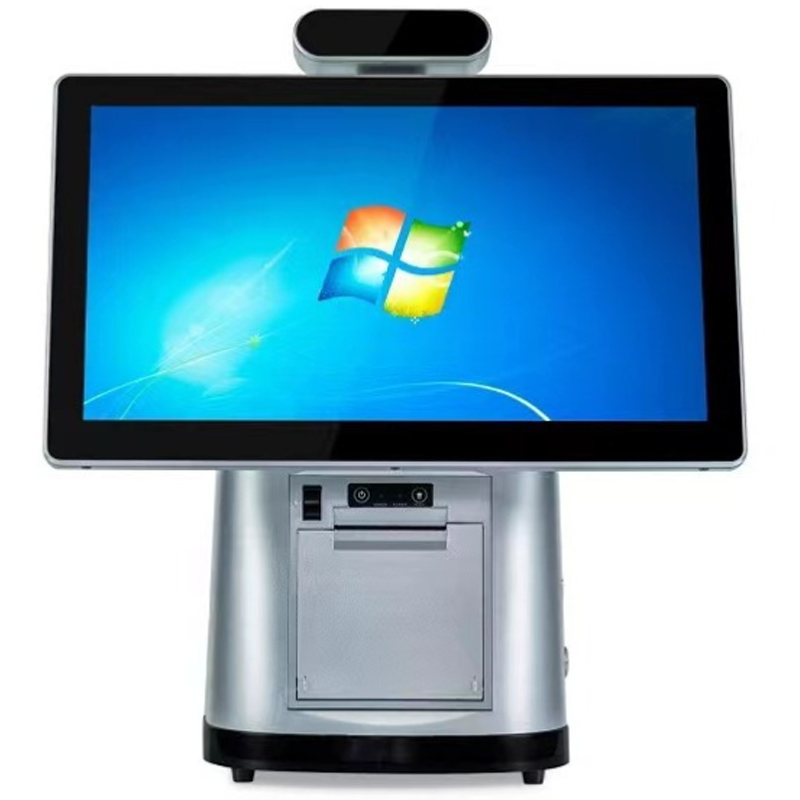what is a pos system in a restaurant
Table of Contents
Summary
In today’s fast-paced restaurant industry, having an efficient and reliable point of sale (POS) system is crucial for success. Whether you’re running a small café or managing a large chain of restaurants, understanding the ins and outs of restaurant POS systems can significantly impact your business operations. This comprehensive guide will explore what a POS system is, how it works in a restaurant setting, and why it’s an essential tool for modern food service establishments.
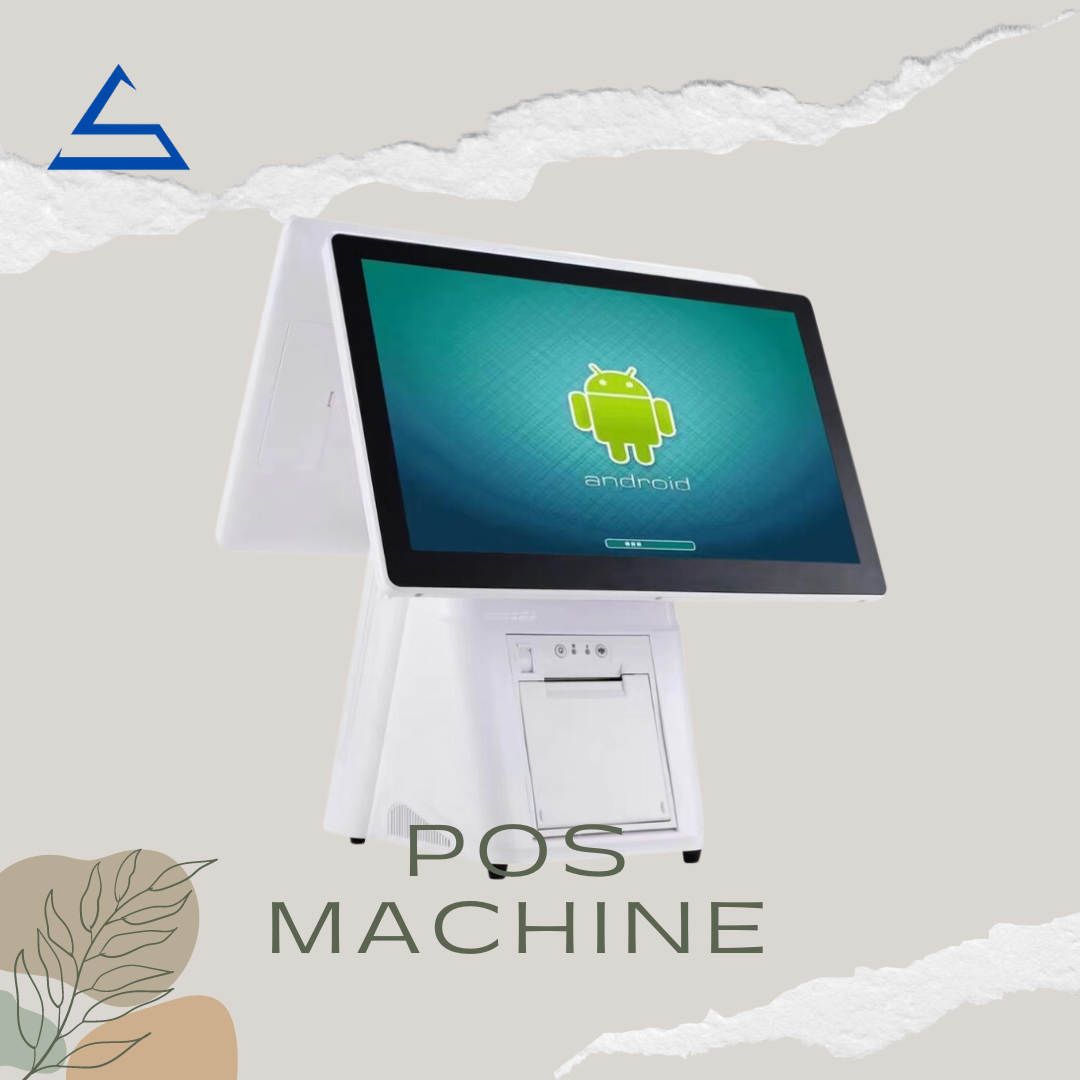
What is a Restaurant POS System?
A restaurant POS system is a combination of hardware and software designed specifically for food service businesses. It’s the central hub where all transactions are processed, orders are managed, and crucial business data is collected. Unlike traditional cash registers, modern POS systems offer a wide range of features tailored to the unique needs of restaurants.These systems typically include:
- Touchscreen terminals for order input
- Receipt printers
- Cash drawers
- Kitchen display systems
- Handheld devices for tableside ordering
- Integrated payment processing
But a restaurant POS is more than just a fancy cash register. It’s a comprehensive management tool that can streamline operations, improve customer service, and provide valuable insights into your business performance.
How Does a Restaurant POS System Work?
A restaurant POS system works by integrating various components to create a seamless flow of information from the front of the house to the back. Here’s a basic overview of how it functions:
- Order Taking: Servers input orders into the system using touchscreen terminals or handheld devices.
- Kitchen Communication: Orders are instantly sent to kitchen display systems or printers.
- Payment Processing: When customers are ready to pay, the system calculates the bill and processes various payment methods.
- Inventory Management: As items are sold, the system automatically updates inventory levels.
- Reporting and Analytics: Throughout the day, the system collects data on sales, labor, and other key metrics.
This integrated approach ensures that all aspects of your restaurant operation are connected and working together efficiently.
Why Use a POS System in Your Restaurant?
Implementing a modern POS system in your restaurant can bring numerous benefits:
- Improved Efficiency: Streamline order taking and processing, reducing wait times and increasing table turnover.
- Enhanced Accuracy: Minimize errors in orders and billing, leading to better customer satisfaction.
- Better Inventory Management: Keep track of stock levels in real-time, reducing waste and preventing stockouts.
- Detailed Reporting: Gain insights into sales trends, popular menu items, and peak business hours.
- Employee Management: Track staff performance, manage schedules, and monitor labor costs.
- Customer Relationship Management: Build customer profiles and implement loyalty programs to encourage repeat business.
By leveraging these features, you can make data-driven decisions to improve your restaurant’s performance and profitability.
What Are the Key Features of a Modern Restaurant POS System?
When choosing a POS system for your restaurant, look for these essential features:
- User-Friendly Interface: An intuitive design that’s easy for staff to learn and use.
- Menu Management: Ability to easily update menu items, prices, and modifiers.
- Table Management: Tools for managing reservations, table assignments, and wait lists.
- Inventory Tracking: Real-time inventory management to prevent stockouts and reduce waste.
- Reporting and Analytics: Comprehensive reporting tools for sales, labor, and other key metrics.
- Integration Capabilities: Ability to integrate with other business tools like accounting software or online ordering platforms.
- Mobile Ordering: Support for tableside ordering and mobile payments.
- Customer Management: Tools for building customer profiles and implementing loyalty programs.
These features can help you run a more efficient and profitable restaurant operation.
Cloud-Based vs. On-Premise POS Systems: Which is Right for Your Restaurant?
When choosing a POS system, one of the key decisions you’ll need to make is whether to opt for a cloud-based or on-premise solution. Here’s a quick comparison:Cloud-Based POS Systems:
- Data stored securely in the cloud
- Accessible from anywhere with an internet connection
- Regular automatic updates
- Lower upfront costs
- Easier to scale as your business grows
On-Premise POS Systems:
- Data stored locally on your own servers
- Can operate without an internet connection
- One-time purchase with higher upfront cost
- More control over your data and system
Many restaurants are now opting for cloud-based POS systems due to their flexibility and lower initial investment. However, the right choice depends on your specific business needs and preferences.
How Can a POS System Improve Restaurant Operations?
A well-implemented POS system can significantly enhance various aspects of your restaurant operations:
- Order Accuracy: By using digital order input, you can reduce errors and improve communication between front-of-house and kitchen staff.
- Speed of Service: Streamlined ordering and payment processes can help turn tables faster and serve more customers.
- Inventory Control: Real-time tracking helps prevent stockouts and reduces food waste.
- Staff Management: Track employee performance, manage schedules, and optimize labor costs.
- Customer Insights: Collect valuable data on customer preferences and buying habits to inform marketing strategies.
By improving these operational aspects, you can create a more efficient and profitable restaurant business.
What Types of Restaurants Benefit Most from POS Systems?
While POS systems can benefit virtually any food service establishment, they are particularly valuable for:
- Full-Service Restaurants: Manage complex menus, table service, and bar operations.
- Quick-Service Restaurants: Handle high-volume transactions quickly and efficiently.
- Cafes and Coffee Shops: Manage inventory of perishable items and track loyalty programs.
- Food Trucks: Mobile POS solutions for on-the-go businesses.
- Bars and Nightclubs: Track tabs, manage inventory, and process multiple payment types.
No matter the size or style of your restaurant, there’s likely a POS solution that can be tailored to your specific needs.
How to Choose the Right POS System for Your Restaurant?
Selecting the best POS system for your restaurant requires careful consideration. Here are some steps to guide your decision:
- Assess Your Needs: Consider your restaurant type, size, and specific operational requirements.
- Set a Budget: Determine how much you’re willing to invest in both hardware and software.
- Research Options: Look into different POS providers and compare their features and pricing.
- Read Reviews: Check what other restaurant owners say about the systems you’re considering.
- Request Demos: Try out the systems yourself to see how they work in practice.
- Consider Support: Ensure the provider offers reliable customer support and training.
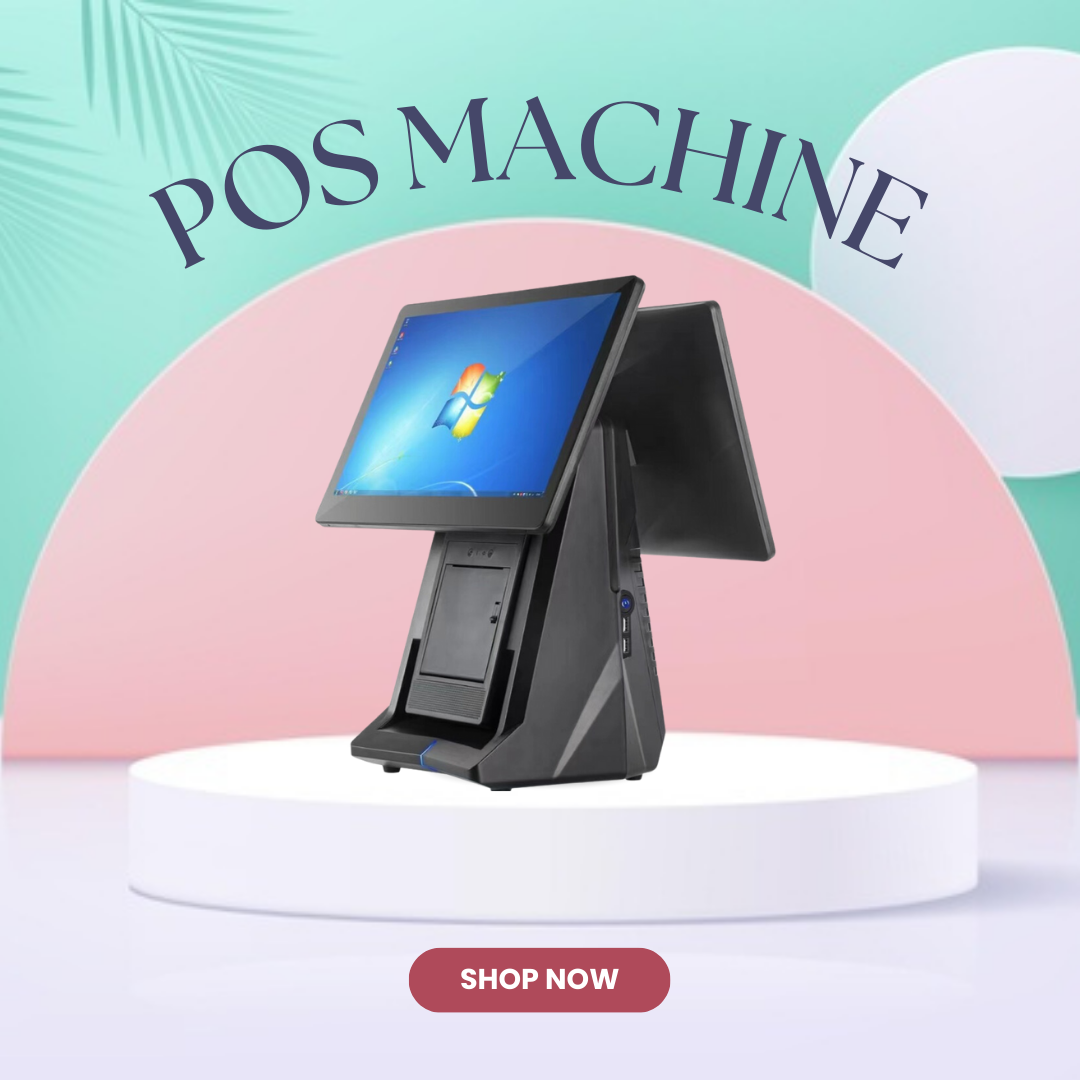
Remember, the right POS system can significantly impact your restaurant’s efficiency and profitability, so take your time to make an informed decision.
What Are the Latest Trends in Restaurant POS Technology?
The restaurant POS industry is constantly evolving. Here are some of the latest trends to watch:
- Contactless Ordering and Payments: Increased demand for touchless options in the wake of COVID-19.
- AI-Powered Analytics: Advanced data analysis for more accurate forecasting and decision-making.
- Integration with Online Ordering Platforms: Seamless connection between in-house and delivery orders.
- Mobile POS Solutions: Greater flexibility for tableside ordering and payment processing.
- Omnichannel Capabilities: Unified systems that connect in-store, online, and mobile channels.
Staying informed about these trends can help you make future-proof decisions for your restaurant technology.
How Can a POS System Help Your Restaurant Adapt to Changing Times?
In an ever-changing restaurant industry, a robust POS system can be a valuable tool for adaptation:
- Flexibility in Service Models: Easily switch between dine-in, takeout, and delivery operations.
- Data-Driven Decision Making: Use real-time data to adjust menu offerings, pricing, and staffing levels.
- Customer Engagement: Implement loyalty programs and personalized marketing to keep customers coming back.
- Operational Efficiency: Streamline processes to reduce costs and improve profitability.
- Compliance and Security: Stay up-to-date with industry regulations and protect customer data.
By leveraging these capabilities, your restaurant can remain agile and competitive in a dynamic market.In conclusion, a well-chosen POS system can be a game-changer for your restaurant. It’s not just about processing transactions; it’s about creating a more efficient, profitable, and customer-focused business. As you consider implementing or upgrading your restaurant’s POS system, keep these key points in mind:
- Choose a system that fits your specific restaurant type and operational needs.
- Look for features that will streamline your operations and improve customer service.
- Consider the long-term benefits of cloud-based solutions.
- Stay informed about the latest trends in restaurant POS technology.
- Use your POS system as a tool for data-driven decision making and business growth.
With the right POS system in place, you’ll be well-equipped to tackle the challenges of the modern restaurant industry and set your business up for success.
Tags
Product
Blog
Contact Us
Related Products
Frequently asked questions about wood box manufacutring

